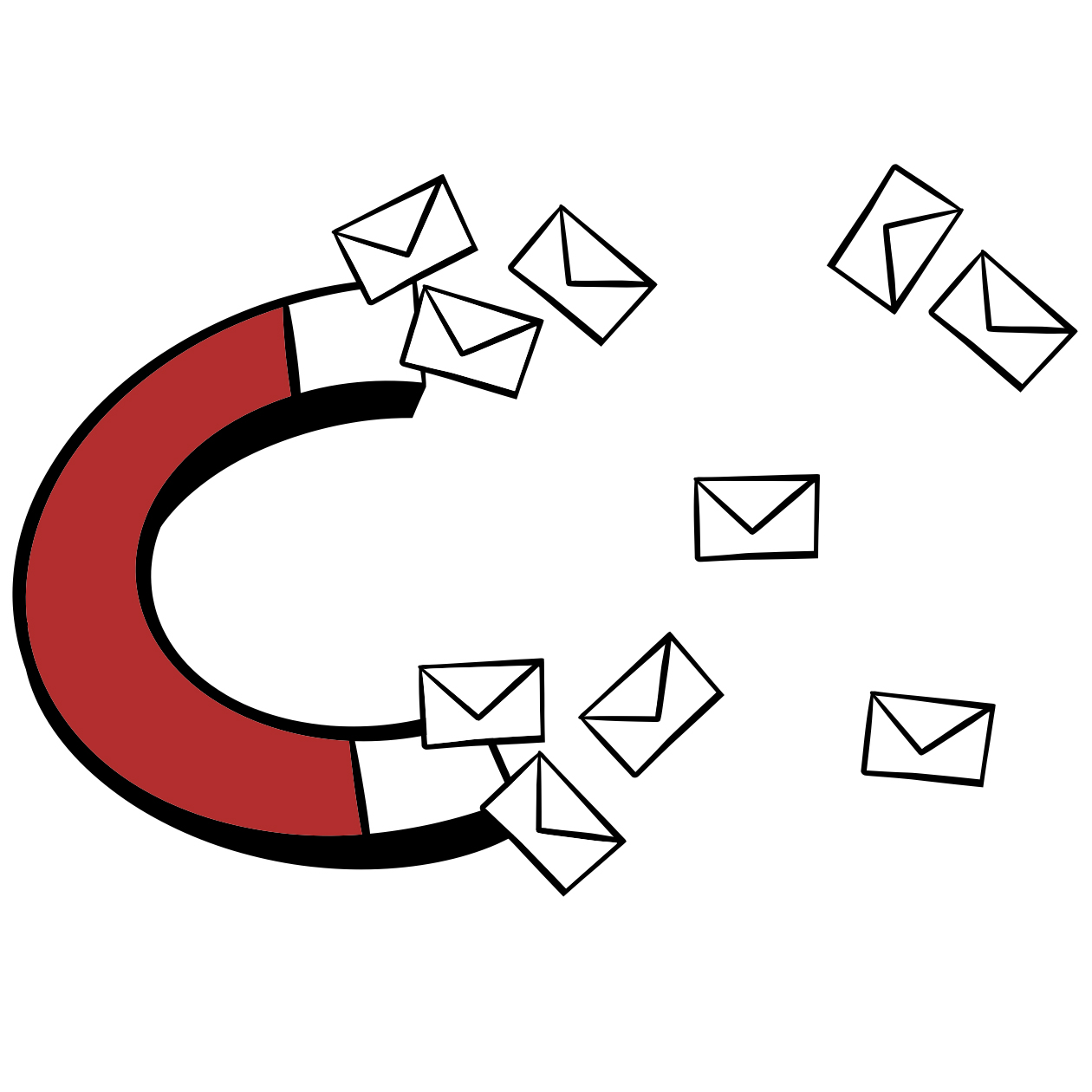
Inviting Inbound Email
Sometimes, life-changing email is something you receive, not send. Thanks to my email practice and digital footprint, some of my favorite clients and coolest opportunities have found me, rather than the other way around.
Recently, I received an email from a startup asking if I would be open to selling a domain name that I’d used a couple of years back for a short-lived side project. While I had vague aspirations of finishing the site, when the buyer offered me a thousand dollars for a domain that I’d picked up for fifteen bucks, I quickly accepted.
This kind of email—not a referral, just a genuine cold email with a great offer—is only possible when your email practice includes inviting inbound email.
Let's work through three questions to help opportunity find you:
- What channels will you make yourself available on?
- How will you protect yourself from scams and spam?
- What systems will you use to manage inbound messages in your email practice?
1. DMs Open!
Let's pretend someone wants to invite you to interview for your dream job. How should they contact you?
Generally, people will contact you in whatever way is easiest for them. So make your preferred communication methods the easiest to find, incredibly obvious, and consistent across your digital footprint.
The best way to contact me is to email philip@kiely.xyz. That email is listed on every website I own and advertised everywhere I can fit it in, including the previous sentence. Sure, I'll check my direct messages regularly on Twitter, LinkedIn, and Discord because I'm active on these platforms. But I want people to email me, so I make it easy and obvious.
If you're a photographer, maybe you want Instagram DMs. If you're in recruiting, you probably want LinkedIn messages. Whatever channel you choose, make it open and available. If possible, shut down channels you don't use so that people don't send important messages into the digital void. Inbound messages will follow the path of least resistance and end up where you want them.
One last tip: I chose email as my main channel because it has the lowest platform risk. Twitter could go down and take my DMs with it, but I own my own domain for email and can switch providers and services at will. I encourage you to prioritize email for the same reason.
2. Keeping Out Spam
Ninety-nine percent of email that you don't want can be defeated with a spam filter and a bit of common sense. The tools you use in your email practice understand that spam exists and help you combat it.
Sure, you shouldn't post your personal phone number or your home address on your website. But don't be afraid that splashing your email address across your digital footprint or opening up your Twitter DMs will drown you with unmanageable spam. You'll have to work hard to make inbound volume a problem.
3. A Good Problem to Have
When I was starting out in my career, I got zero useful inbound email. Now, I'm fortunate to get a slight trickle. Much more successful people receive so much inbound attention that they have to implement systems to deal with the deluge. That is a good problem to have. Let's get there together!
Best,
Philip
P.S. Want to learn more about how super busy people manage inbound email? Read this.
Excited to send life-changing email?
Enter your email for exclusive previews & a launch-day discount.